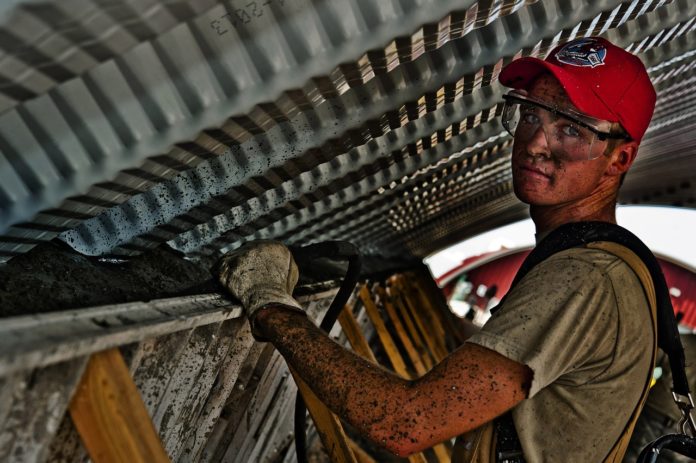MINNEAPOLIS – A number of reports released in the past year have shown housing costs in Minnesota to be skyrocketing, and part of that is likely due to the lack of skilled labor.
The Star Tribune reports that there were 125,000 construction workers in Minnesota in May, the highest number recorded since 2006. However the tally of construction job openings was also the highest in more than a decade, with companies especially looking to hire electricians, carpenters, and plumbers.
The lack of supply of skilled workers drives the cost of labor up for those who do possess the requisite skills. This in turn will drive the cost of the finished product they produce up as well.
For example the Star Tribune learned that a remodel of commercial space now costs somewhere between $35 and $50 a square foot, while 10 years ago it would have been closer to $25. Similarly construction of an upscale house has risen from around $175 a square foot to upwards of $300 a square foot. The lack of skilled workers also makes projects take significantly longer to complete.
Alpha News previously reported on a Minnesota Housing Partnership report which found that more than half of renters in Minnesota spend more than 30 percent of their income on housing costs, while 23 percent spend more than half of their income on housing costs. With delays in construction, among other factors, rents have increased nine percent since 2000, even while incomes decreased 11 percent.
On the homeownership side of things, Alpha News reported that house prices in the state have surged to pre-recession levels, outstripping the growth rate of the United States as a whole. Much of that growth however has been concentrated in the seven county Twin Cities metropolitan area. Real estate agents have attributed the growth to a shortage of quality houses in the area, with some houses not even making it to the open market before finding a buyer.
Construction industry leaders are planning an $800,000 public relations push in an attempt to attract more people to the profession, reports the Star Tribune. With a fuller workforce, hopes are that costs will come down as well.












